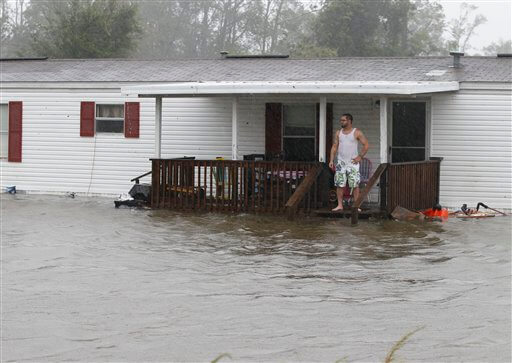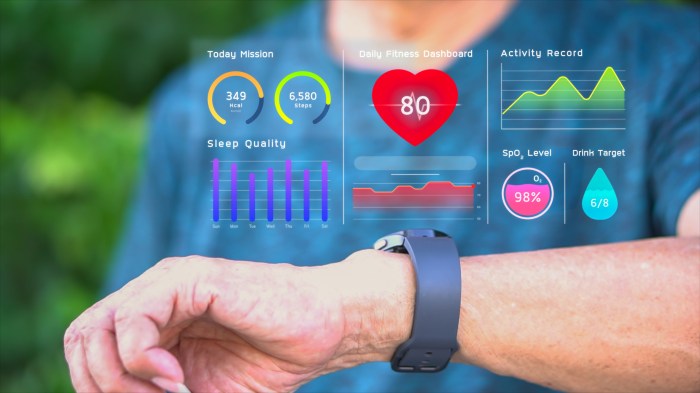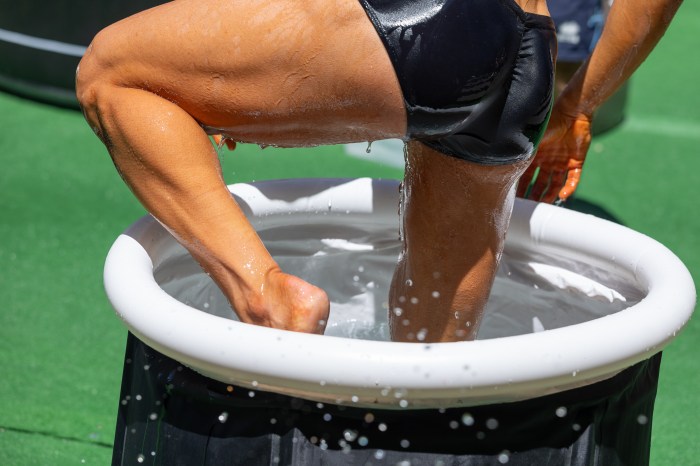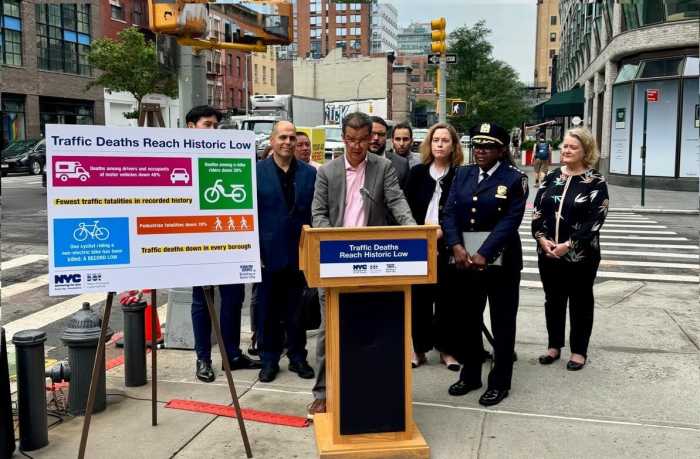
Hurricanes didn’t always have names– In fact, they began receiving names in the 1950s.
According to Christian Science Monitor, before the 50s, hurricanes didn’t have names but the more memorable ones were referred to by locations or significant days that they took place for example, “1821 Norfolk and Long Island hurricane.”
Interestingly, hurricanes reportedly maintained primarily female names until the 70s and by the late 70s, the system we have today was born and hurricanes began getting both male and female names.
Today, hurricanes reportedly aren’t named until they reach Tropical Storm status and then named starting with the letter A proceeding in alphabetical order.
Each year the names vary in a six year cycle and the lists are different depending on what ocean. This year the names for the Atlantic Ocean include: Arlene, Bret, Cindy, Don, Emily, Franklin, Gert, Harvey, Irene, Jose, Katia, Lee, Maria, Nate, Ophelia, Philippe, Rina, Sean, Tammy, Vince and Whitney.
This year’s cycle of names is similar to 2005’s– Irene was used in 2005 but wasn’t a significant hurricane. Many are probably thinking where’s Katrina on this year’s list, the truth is you’ll never see that name again. According to CS Monitor, over 70 Atlantic hurricanes have been retired to honor the lives that were lost and also not cause confusion, including Katrina. According to Third Age, Andrew and Charley are other examples of names that will never be featured in the World Meteorological Association’s lists again.

































